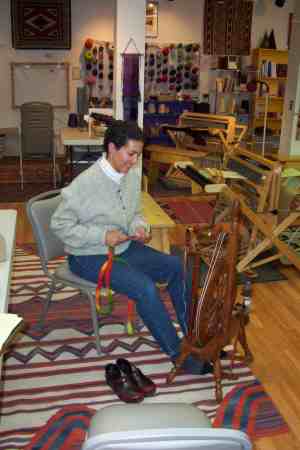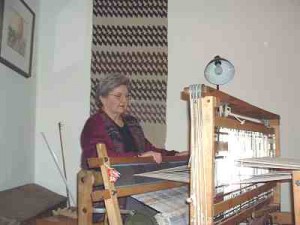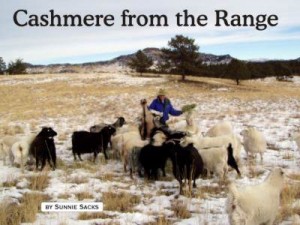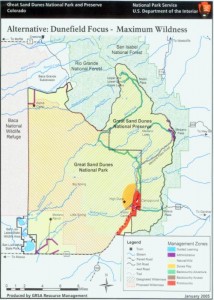Sidebar by Ed Quillen
Fiber Arts – March 2005 – Colorado Central Magazine
WEAVING, AND THE ASSOCIATED crafts of spinning and dyeing, are among the first technologies that humans developed. Although scholars are divided as to whether woven cloth or fired pots came first, both were here in times that precede written history.
Old as the fiber arts are, though, they’re not skills that come naturally. They have to be learned, one way or another.
That’s where Moira Forsythe comes in. She owns and operates Tao Mundo (which loosely translates into “The Way of the World”) in downtown Salida. It’s a center for teaching and practicing the fiber arts of spinning and weaving.
Spinning takes longer to learn, Forsythe said, “because even after you know the technique, you still have to develop a feel for it.” As the fibers are spun into threads on the spinning wheel, “you have to train your fingers to control the tension and the thickness, and that can take a lot of practice.”
But in general, she said, most people can pick it up after four to six hours of thoughtful practice. Spinning wheels sell for $125 to $1,000 — “the more expensive ones look nicer, but they don’t spin any better” — and you don’t even need one to spin yarn. “In South America, you often see girls with hand spindles and you can build one of those for less than a dollar; all it takes is a dowel and an old CD.”
Weaving comes faster for most people, she explained. Her weekend classes start on a Friday night and end Sunday, and in that interval, students complete two projects, a scarf and a wall-hanging sampler that involves several styles of weaving.

After that, projects range from simple bags to elegant tapestries, and investment can range from renting a loom by the month at Tao Mundo to spending $1,000 and up on a floor loom. Since Forsythe opened 14 months ago, 52 weavers have taken classes.
Some have gone on to join the Central Colorado Weavers’ Guild, which attracts people from as far away as Colorado Springs for workshops and presentations. The Guild is also trying to make the fiber arts more visible, and to that end, “We’re working with the Extension Office to have weaving categories at the county fair. It fits well with established categories, like quilting and knitting, and the 4-H is now offering a Heritage Arts program that includes spinning and weaving.”
Forsythe pointed out that many fibers, like llama and alpaca wool, can come from small local agricultural operations, “so the more of a market we can develop for their products, the better for all of us.”
Forsythe’s store offers just about anything a spinner or weaver might want, from raw materials and tools to books and instruction.
The most prominent weavings in the store, however, make one feel somewhat guilty about stepping inside. They’re exquisite rugs.
These aren’t made locally, though. They’re offered by Western Rugs & Trading Co., which shares space with Tao Mundo. Western Rugs owner Jill White said the rugs are woven in the Ukraine by people with a long weaving tradition, and she’s currently featuring Navajo styles based on the collection amassed by newspaper baron William Randolph Hearst nearly a century ago.
As for weaving at home, it’s like making your own beer or bread. It’s probably not going to save you any money, but it’s a chance to experiment and express yourself. You can explore your personal sense of style and color, and make what you want from the materials you prefer.
Weaving resembles pottery as a hobby, Forsythe said, in that you can design and make things that are functional or expressive, or both. Potting at home can be pretty messy, though, “and with weaving you just end up with some extra lint on the floor, and that’s pretty easy to vacuum up.”
— Ed Quillen




